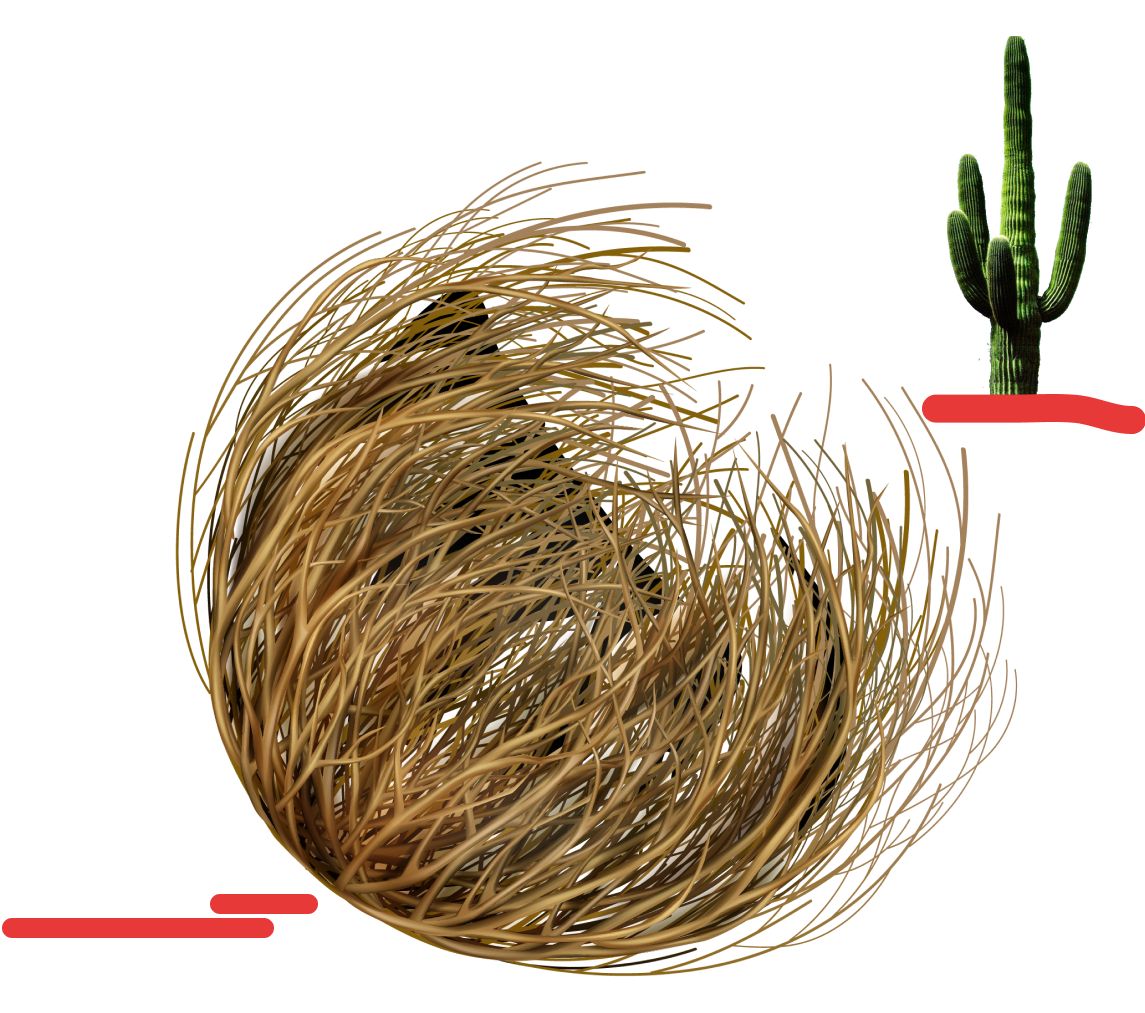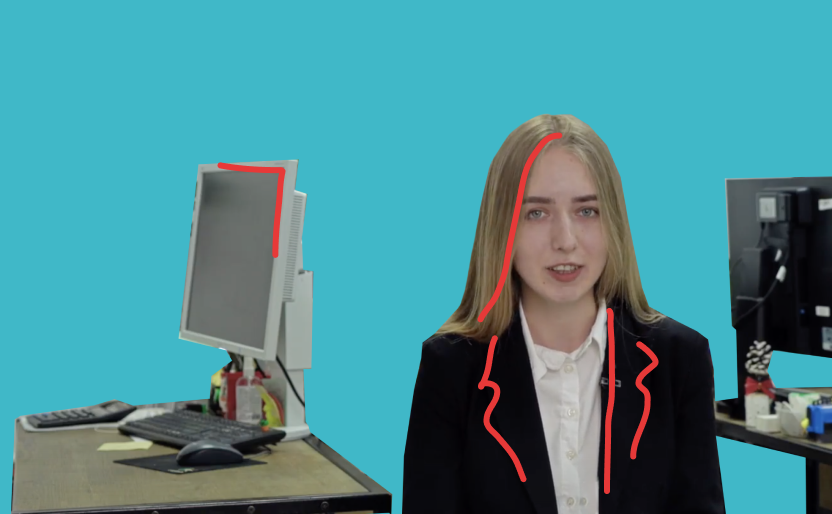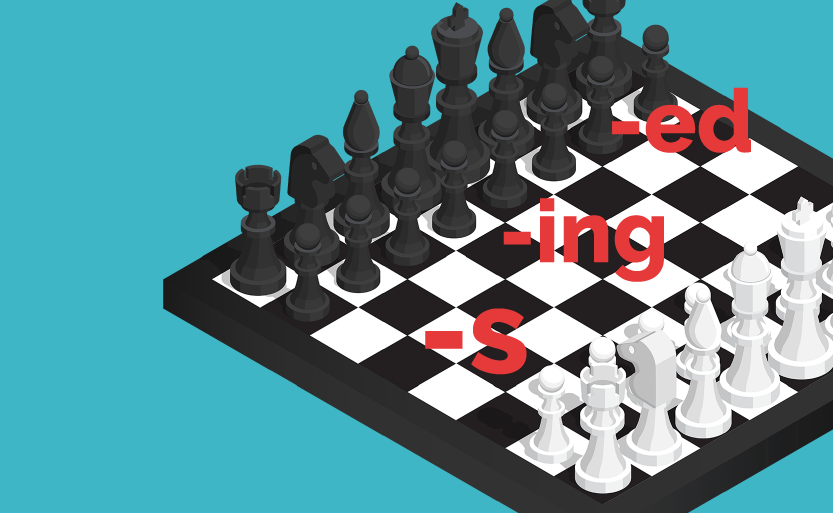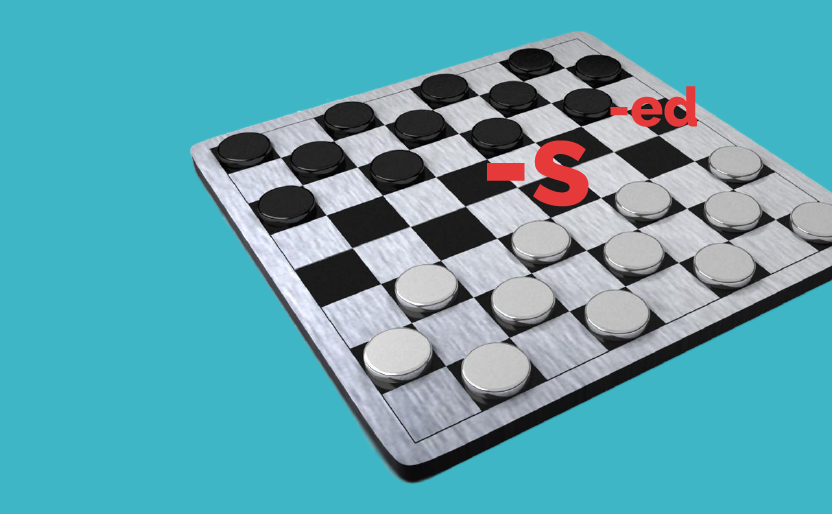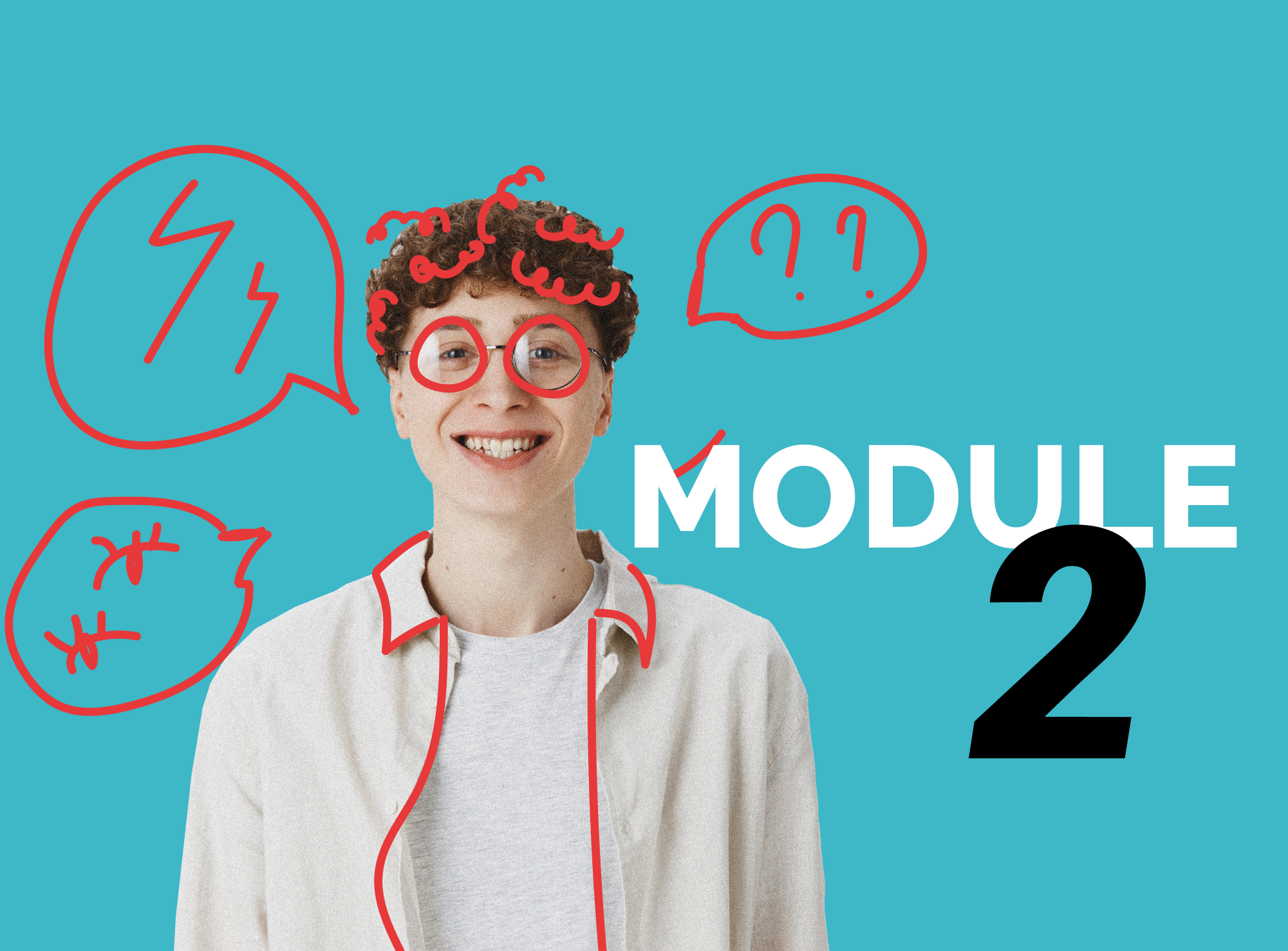Gerunds in English
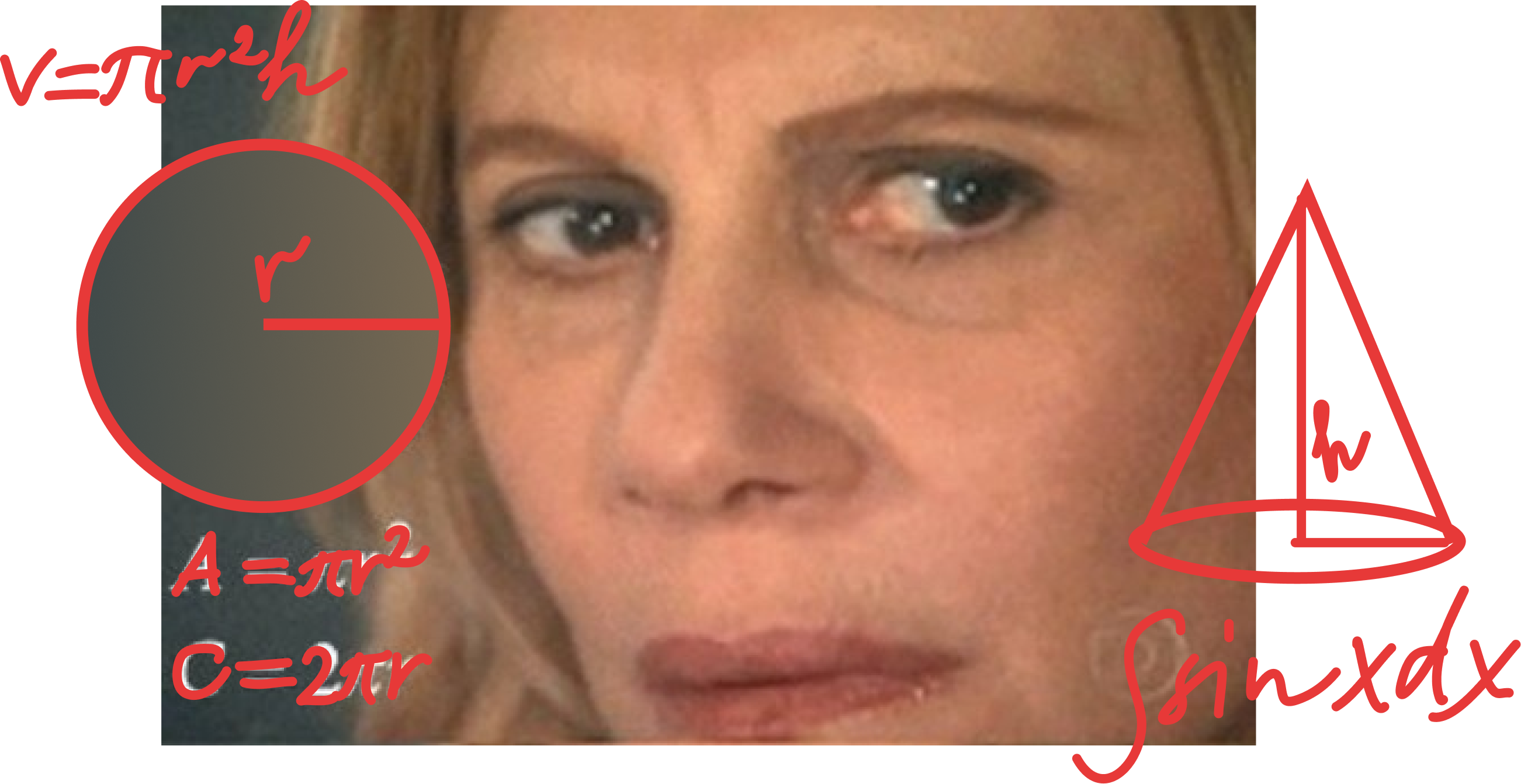
Nothing found...
What kind of course is this?
Write to us if you have a specific topic.
Swimming, painting, writing — what is the common between those words? We are sure that you have guessed — this is the gerund. We will tell you about this in more detail now.
Gerund in English: how to get known it?
What is the gerund? This is the specific form of the verb, which includes the suffix -ing and joins in itself the characteristics of the noun and verb. It’s easy to find it in the sentence with the help of -ing:
- I’m in the habit of reading every day.
- Meditating helps Sara to clear her mind.
How is it used in the sentences? In the same way, as the other types of nouns. For example:
- after the verbs, which express the feelings, the thoughts, the sensations (I enjoy swimming);
- as the subject (Swimming is good exercise);
- as the object (I enjoy reading books).
Gerund: how to easily understand and remember?
It doesn't seem complicated, but still, how to learn it? It’s easy if you take into account some of its peculiarities and the context, in which it is used.
- Form: answers the question “what to do?” and always has a suffix -ing. For example: reading, swimming, playing.
- The functions: may perform the different roles in the sentence, such as the subject, the object, the adverbial modifier, etc.
- The context: the understanding of the gerund often depends on the context of the sentence. To understand, which action it expresses, look at the words near it.
- The meaning: may express the general action, which happens without the concrete accent on the time or the action, which happens regularly.
Gradually, provided you have learned the examples and practiced, you will be able to better understand and use this form. And it will be even easier with Booyya, where you can find any courses you want. Learn English, quickly, clearly, and effectively!
